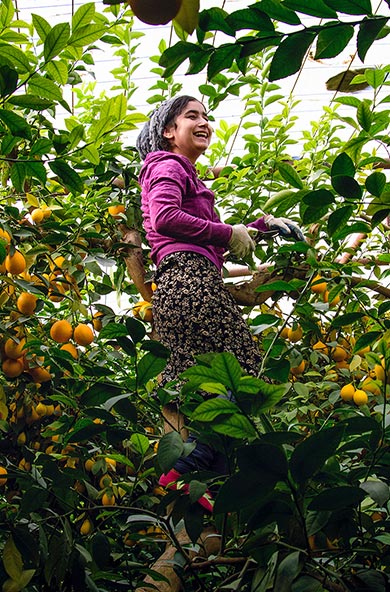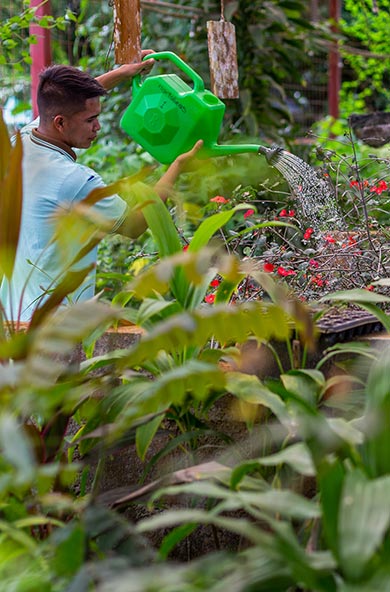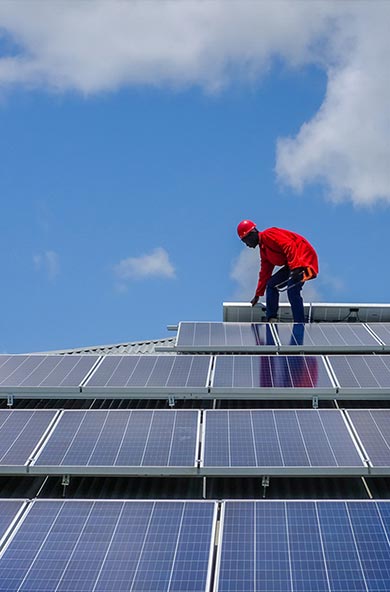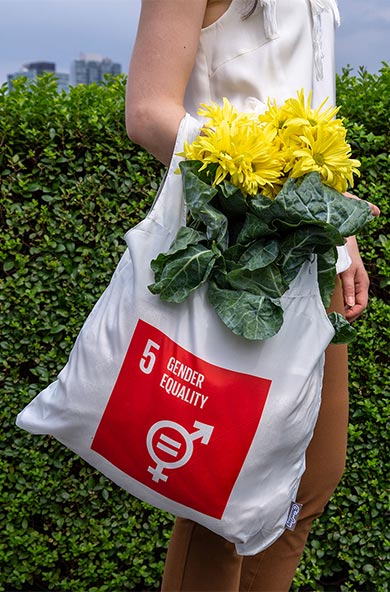Fast Facts: Youth and Gender Equality

English
DownloadFast Facts: Youth and Gender Equality
March 13, 2017
Women, and young women in particular, face structural discrimination due to the patriarchal nature of most societies. Young women are often amongst the most marginalized, vulnerable and – if they live in rural/remote areas, or precarious human settlements – hardest to reach young people. Young women make up nearly half of the world’s population, yet are regularly prevented from accessing basic services and decent employment. Unleashing the potential of girls and young women is an effective pathway to addressing poverty, improving access to health, education and sanitation, making societies more inclusive and reducing violence in communities.
The promotion of gender equality and the empowerment of young women is central to UNDP’s mandate and intrinsic to its development approach. This effort includes advocating for women’s and girls’ equal rights, combating discriminatory practices and challenging the roles and stereotypes that affect inequalities and exclusion.
UNDP promotes the empowerment of young women through programmes across its global network, which spans more than 170 countries and territories. UNDP’s Youth Strategy 2014-2017: Empowered Youth, Sustainable Future, sets out the vision for our work on youth, while UNDP’s “Gender Equality Strategy 2014-2017” aims to integrate gender equality and the empowerment of women into every aspect of our work.
In July 2016, UNDP launched its first Youth Global Programme for Sustainable Development and Peace – Youth-GPS (2016-2020), a 5-year global programmatic offer on youth empowerment. Recognizing the importance of both young women and young men to make progress on both the youth, and the broader development agenda, Youth-GPS mainstreams gender equality throughout its outputs and features a dedicated window on supporting young women’s empowerment.

 Locations
Locations






















